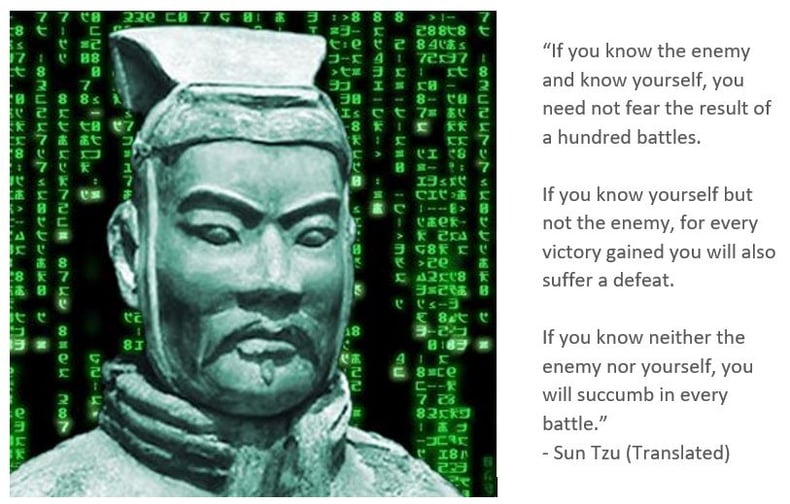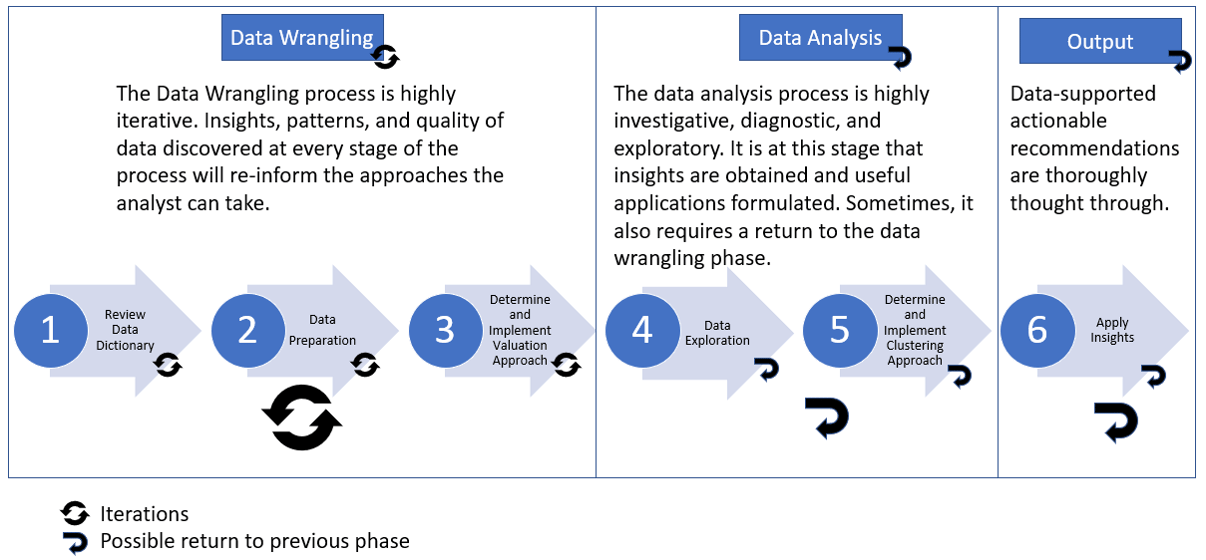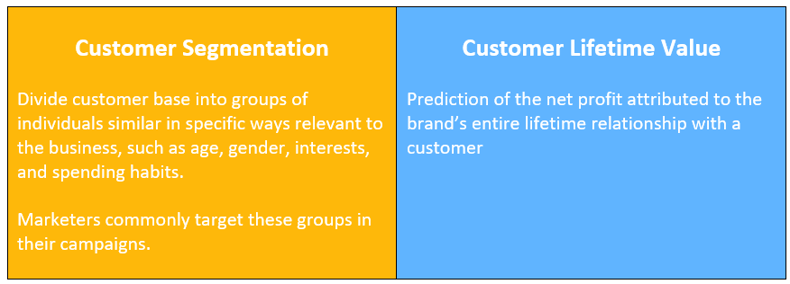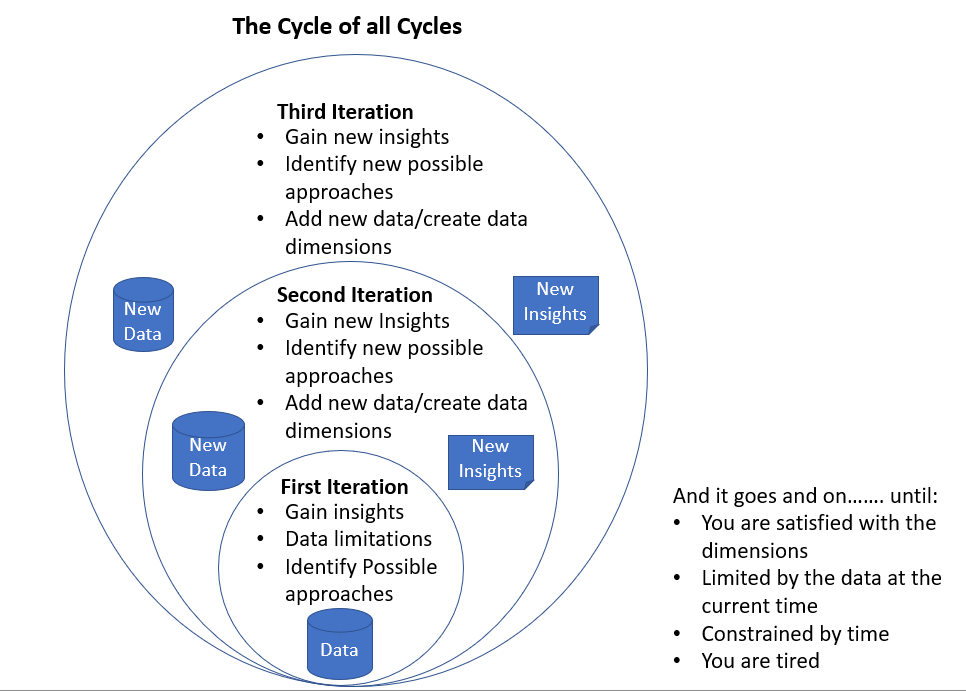Who are your customers? What do they want or need? In this blog post, we examine the importance of knowing your customers and share a data analytical framework to do so.
Every Saturday morning, as I make my way home from my weekly jog, I always run into leaflet distributors who’ll hand me flyers for restaurant discounts, store promotions, or what-have-you.
I don’t always read them, but something about this gets me thinking:
Marketers periodically fall into the trap of spraying their advertisements everywhere, praying that people see it and take action. Sure, if you don’t know who your customers are, why not spread your marketing net as wide as possible, right? But the question is: Is everyone a potential customer?
The truth is: However good a product or service, it's unlikely that people will buy it if they don’t need it. Conversely, you’re unlikely to persuade people to want something that you offer unless you clearly understand what is it they want or need.
Knowing your customers unveils insights and benefits

Before we go on, let's be clear: Customers are NOT the enemy! The underlying direction and approach here is to understand who’s on the other side.
If you know why customers want what they want, you can use it to efficiently and effectively find them. If you know your customers, you can tailor your services to fit their needs. In fact, you can build a long-term, win-win business relationship with them.
Listed below are several other benefits of knowing your customers:
- Gain precise consumer insights. Customer-centric market research can provide consumer insights that drive sustainable competitive advantage. An example: conducting an experiment to identify the reasons consumers like to keep up with the latest gadget.
- Enhance marketing alignment (Higher return on ROI). A smaller Customer Segment-Marketing Segment gap indicates a better understanding of customer preferences and generates leads who are more likely to convert.
- Minimise “product-to-customer expectation” gap. Understanding customers’ expectations enables organisations to shrink the expectation gap between the customers and the products and services provided by the business. In fact, coupled with expertise in their respective domains, businesses can develop products and services in anticipation of the customers’ future needs to disrupt matured business processes in their favour.
- Move ahead of the pack. “We didn’t do anything wrong, but somehow we lost, says Nokia CEO, Stephen Elop. The message of the Nokia story is, if you don’t keep up with change, you will be entirely removed from the competition. Who needs to change faster than our prospects and customers? One word: Us.
Growing your business—it all starts in knowing your customers.
So, do you know your customers well enough?
There are many ways to get to know your customers. Many of them intuitive. But we believe in enhancing intuitions about would-be customers with data and analyses.
At a high level, this is how we do it:
How we do it: As a framework
Our method looks like this:

Each of the six stages includes the following actions:
- Data Wrangling
- Review Data Dictionary
- Examine the nature and statistics of the data
- Outline possible approaches
- Solidify analysis objectives
- Data Preparation
- Remove extraneous dimensions
- Create new useful dimensions
- Add new data
- Determine Valuation Approach
- Identify the valuation approach that would best meet the objective
- Data Analysis
- Data Exploration
- Identify patterns and trends that would affect our analysis or provide insights
- Determine Clustering Approach
- Decide the clustering approach that would best extract useful insights based on the information gathered
- Output
- Implement Approach
- Segment customers based on determined approach
- Apply insights
- Suggest actions based on findings
- Plan for future iterations of same experiment to obtain better insights
Depending on the different business context and business objectives, different statistical approaches, valuation approaches, and clustering approaches should be applied to obtain the most useful outcomes. In general, we adopt the Customer Segmentation and Customer Lifetime Value concepts to help us know our customers.

The way we win matters
In this article, we shared how a simple data-centric approach to knowing your customers can enable organisations to meet their business objectives.
We can also perform further iterations of the experiment to enhance knowledge of the customer segments, culminating in The Cycle of all Cycles.

As we develop and further refine our knowledge of our customer segments through progressive mini-experiments and iterations, there will come a time when we truly know how to connect to our customers. What we do with this knowledge will define our organisation.
“In the moment when I truly understand my enemy, understand him well enough to defeat him, then in that very moment I also love him.” – Ender Wiggins, Ender’s Game
Data@Construct: Forge Better Decisions
We run weekly Data Science Experiments to help marketers use data to increase their Digital Marketing ROI and Effectiveness. Sometimes we’ll do wacky stuff, sometimes we’ll focus on common business and marketing problems, but always, we’ll share our learnings here on our blog.
Please subscribe to our Email Updates for weekly updates and learnings.
If you’ve got a marketing data problem that needs cracking, we’d love to hear from you.